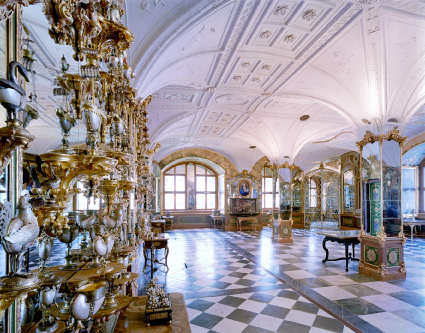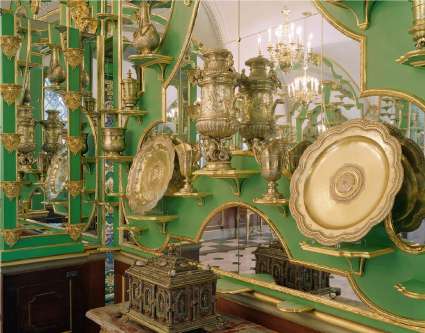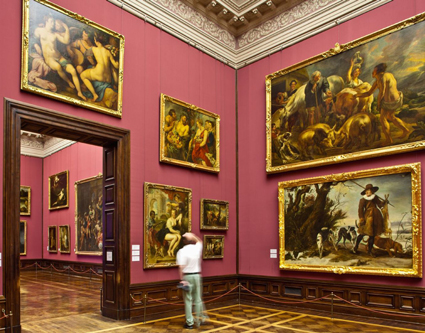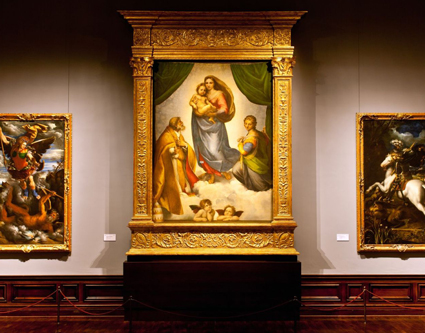about dresden
Dresden – City of Excellence
Dresden is the capital city of the Free State of Saxony in Germany. It is situated in a valley on the River Elbe, near the Czech border. The Dresden conurbation is part of the Saxon Triangle metropolitan area with 2.4 million inhabitants. Nowhere else in Germany can so many scientists and research institutions be found in such a small area: there are few other cities in Europe with such intensive research as in Dresden. Brühl's Terrace© ddpix.de (DML-BY) Dresden does a greater degree of research than any other city in Germany. It comes top of the ranking among large German cities regarding both the scientific workforce and the number of research institutes. A comparison of scientific staff employed shows Dresden leading. When it comes to the number of research institutes, Dresden comes in fifth, with 46 in all. All the major non-university research organizations can be found here, as can universities and other higher education institutes, plus research facilities operated in cooperation with industry. Furthermore, the Dresden University of Technology is one of the 10 largest universities in Germany and part of the German Universities Excellence Initiative.
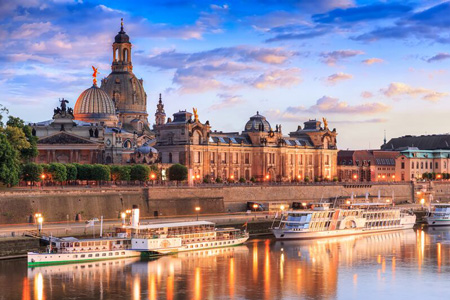
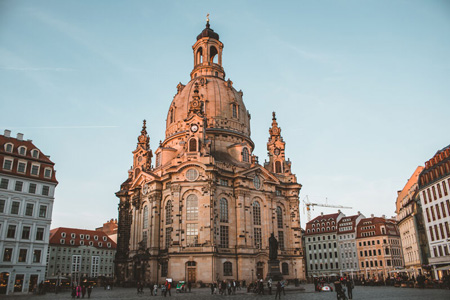
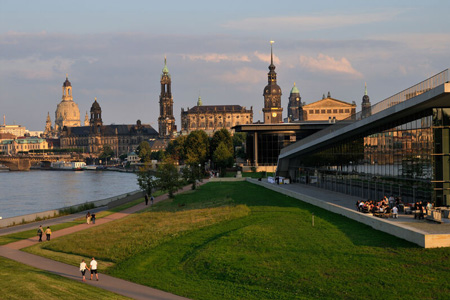
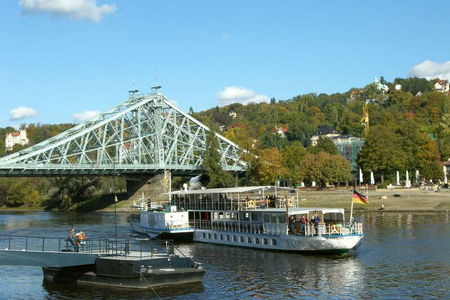
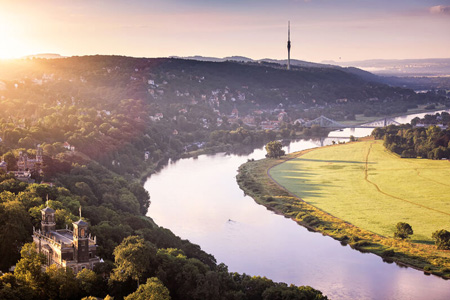
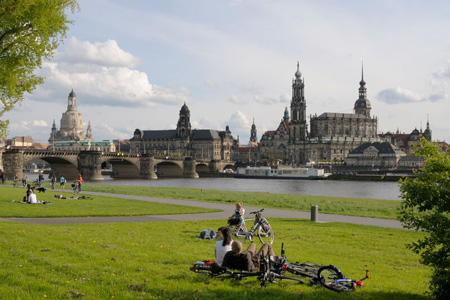
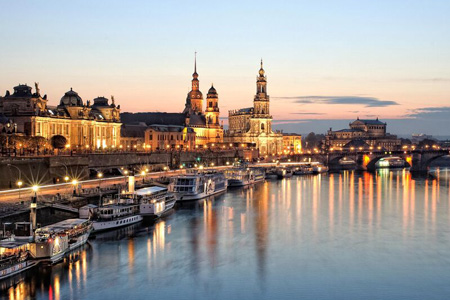
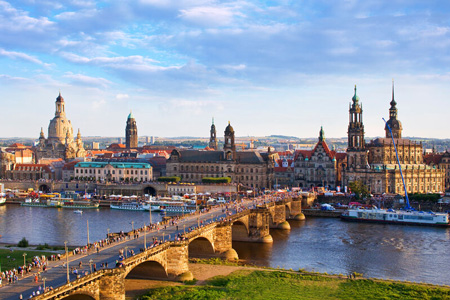
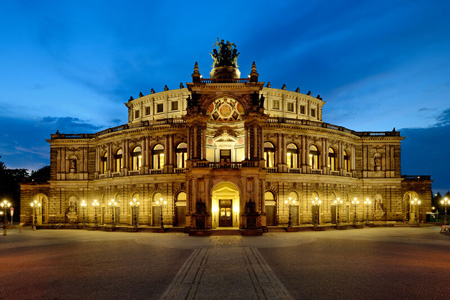
Short History of Dresden
Dresden has a long history as the capital and royal residence for the Electors and Kings of Saxony, who for centuries furnished the city with cultural and artistic splendor. The city was known as the Jewel Box, because of its baroque and rococo city center. The controversial British and American bombing of Dresden in World War II towards the end of the war killed approximately 25,000, many of whom were civilians, and destroyed the entire city center. The bombing gutted the city, as it did for other major German cities. After the war restoration work has helped to reconstruct parts of the historic inner city, including the Katholische Hofkirche, the Semper Oper and the Dresdner Frauenkirche as well as the suburbs. Before and since German reunification in 1990, Dresden was and is a cultural, educational, political and economic center of Germany and Europe.
